This week, Stellantis announced it may give the green light to its luxury arm DS Automobiles to build a limited number of the Citroën SM Tribute which was unveiled in September. Designer and instructor Matteo Licata has some thoughts . . . – ED
It never ceases to amaze me how some seemingly unimportant circumstances of a person’s childhood can end up defining the trajectory of an entire life. For example, I’m sure that sparking a lifelong passion for automobile design in his son was the last thing on my dad’s mind when he chose a Citroën as our next family car in 1985. Yet here we are.

My dad’s BX already looked like a spaceship to me, even though I didn’t yet know I had Marcello Gandini to thank for that. But what struck my young, impressionable mind like a lightning bolt was my first encounter with a DS sometime later, at the back of our local Citroën dealer’s used car lot.

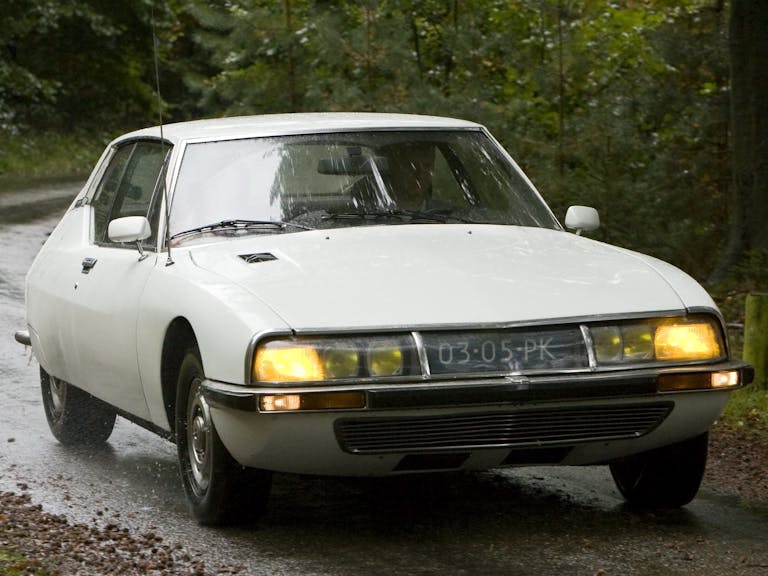
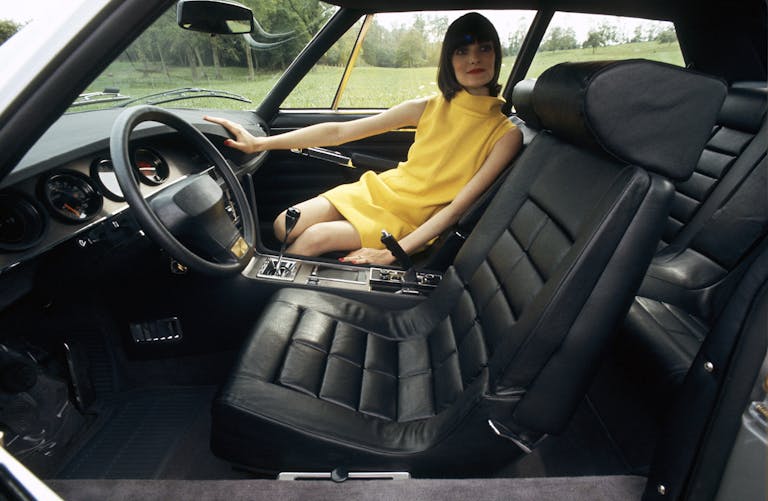
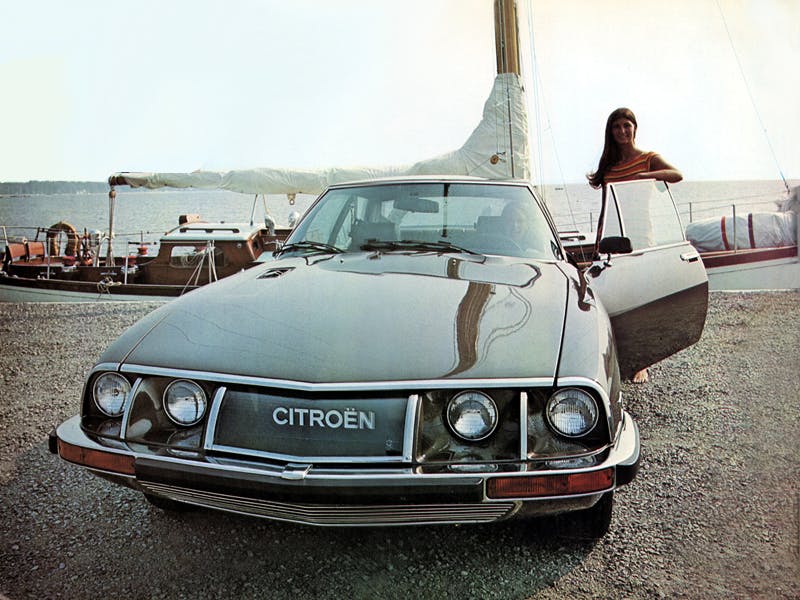
Eight-year-old me could not believe such a wondrous thing existed, let alone that it had been built so many years before my time. Enough years, in fact, for it to become an old clunker that nobody seemed to want.
Well, nobody but me. From then on, I was hooked on Citroëns for life.
Thus, given my penchant for anything on four wheels that’s low-slung, teardrop-shaped, and French, Stellantis’ recently unveiled “SM Tribute” concept car is a Cupid’s arrow aimed straight at my heart.
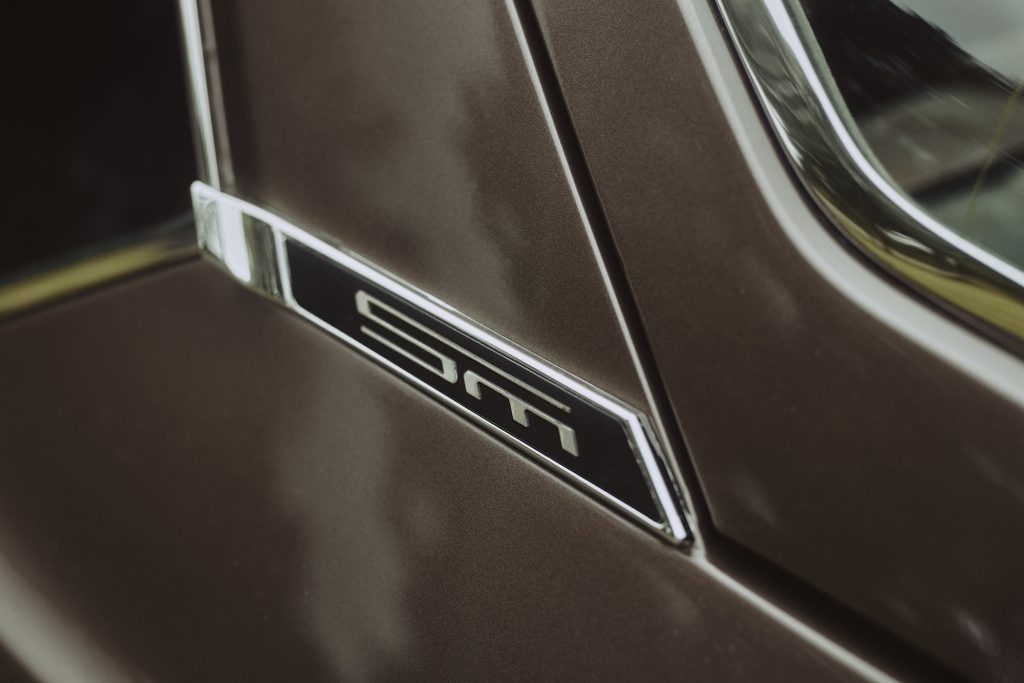
Or, at least, it should be. If my somewhat mixed feelings about it are anything to go by, that arrow must have landed somewhere off the mark.
Mind you, I’d much rather live in a world where cars look like the SM Tribute than the crossover hellscape we currently inhabit. It undoubtedly makes a powerful visual statement and sports some genuinely delightful details. Still, the end result’s lack of finesse is painfully apparent in all the images where the SM Tribute appears alongside the 1970s original.
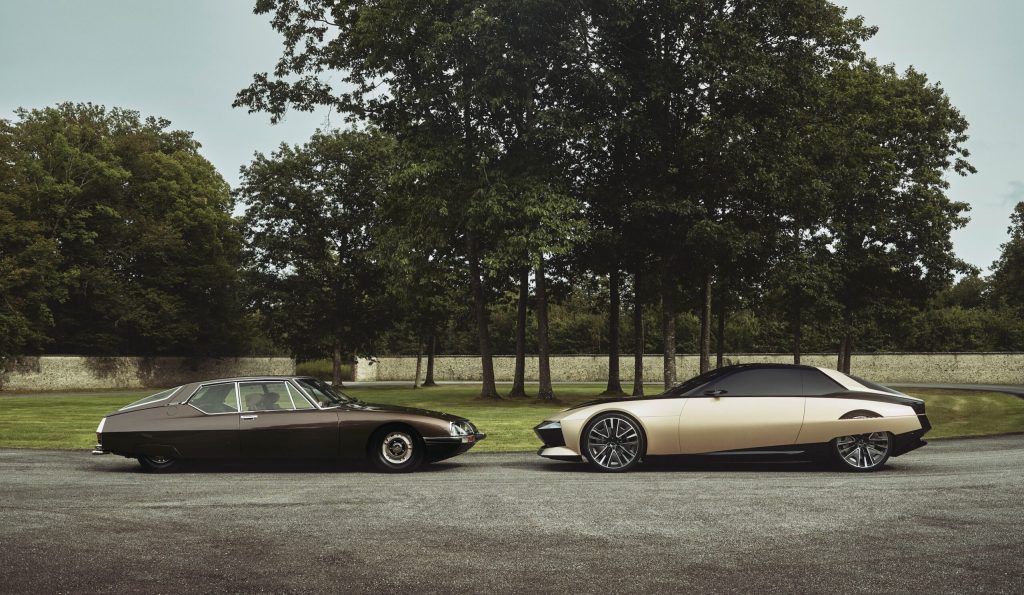
Now, if the SM Tribute was a production car or had any real chance of becoming one, its designers could hide behind the need to meet current safety standards. But they can’t. All the SM Tribute will ever be is a static display model, so there’s no real reason for the comparison between it and the 54-year-old original to be so unflattering. Yet it is.
But why?
As always, our analysis must start with the vehicle’s overall proportions, which can make or break a design. In this regard, the design team took full advantage of the fact they weren’t tied to an existing platform’s hard points and thus remained remarkably close to those of the classic model.
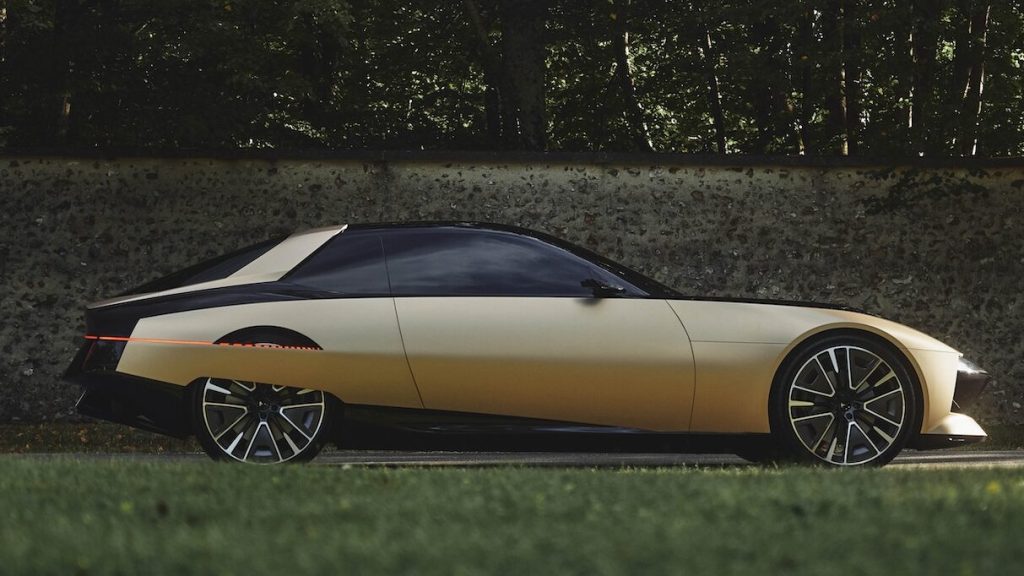
The SM Tribute is only marginally longer (by 1.2 inches) and taller (by 0.7 inches) than Robert Opron’s original. The balance between the front and rear overhangs appears to be similar, too, and despite the cabin’s volume stretching a little more toward the front due to the steeper angle of the windscreen, the car maintains the cab-rearward setup of the SM.
Yet, despite sporting a set of massive 22-inch wheels, the SM Tribute still manages to look chunky and heavy compared to the original. The proportions may be similar, but the SM’s grace and panache are gone.
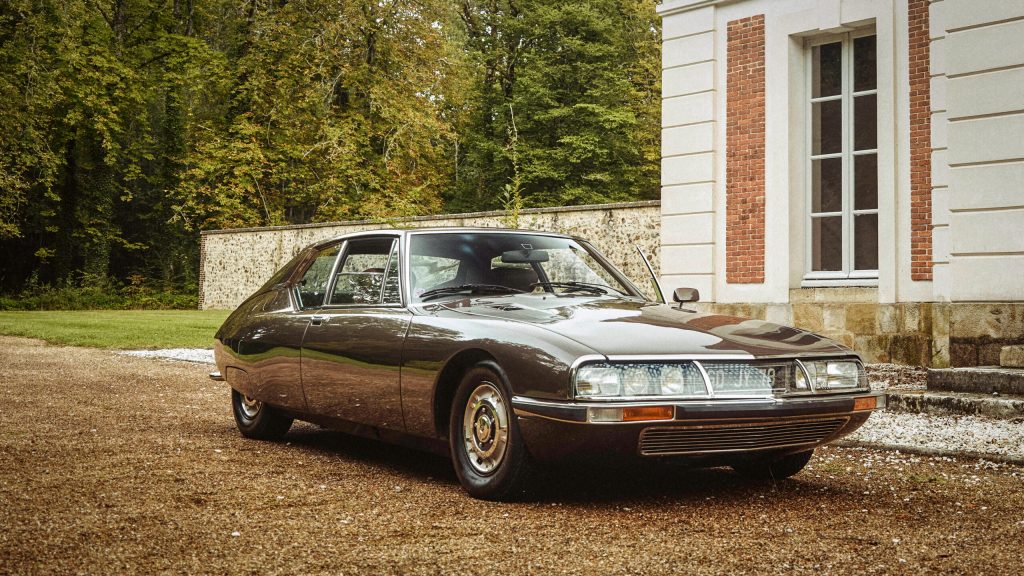
Like other Citroëns designed under Opron’s watch, the SM is relatively simple in concept but subtly refined in its execution. Just like the DS that spawned it, the SM is a genuine “teardrop” design. It tapers toward the rear not just in profile but also in cross-section, and the rear track is considerably narrower than the front to accommodate that.
This, together with the concealment of the rear wheels, was done for aerodynamic purposes. But that rearward taper also played a critical aesthetic role on these classic Citroëns precisely because of the absence of the rear wheel arch opening. As these cars narrow toward the rear, the length of those unbroken side surfaces appears somewhat disguised when observed from the front three-quarters.

Instead, the SM Tribute has been designed much like any other contemporary sports coupé, with a nice square stance and large wheels filling up their big arches. There’s nothing wrong with that, of course, but it does make for a slightly awkward look if you then cover up the rear wheels.
While on this subject, I’ll concede that opening up a hole in the rear fender to “break” the cover and expose the upper part of the rear wheel is a nice touch. It won’t be to everyone’s taste, but it is a unique, recognisable graphic element nicely tied with the rear end’s sharp, minimalist lighting signature.
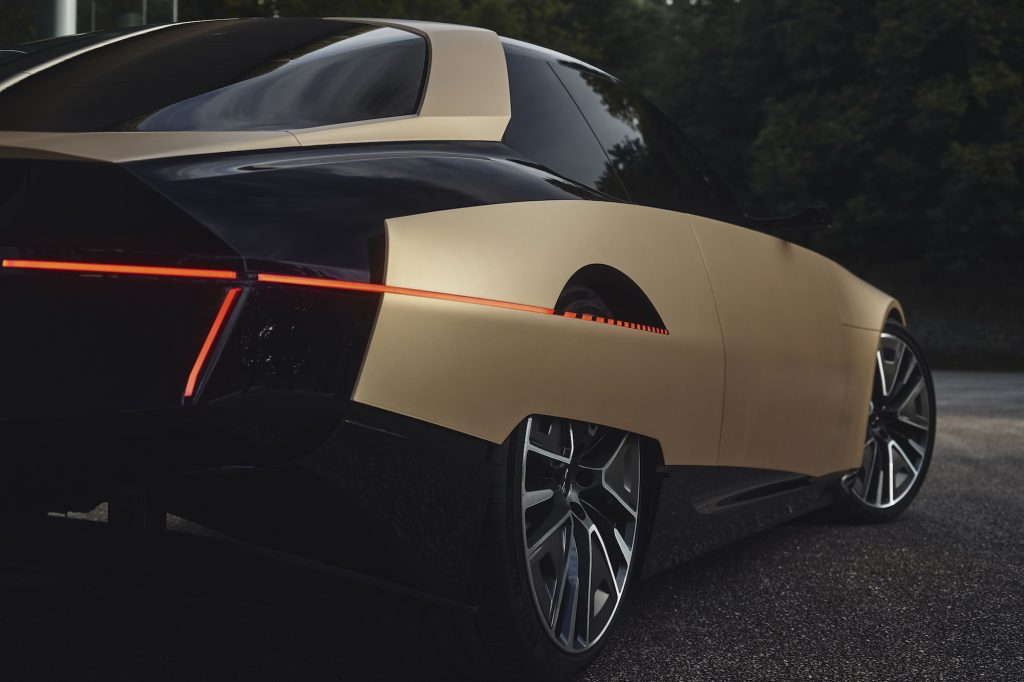
On the SM’s broad body side, there are two long character lines (the term car designers use when referring to the lines and creases on a vehicle’s body that serve no purpose other than an aesthetic one) that create a contrast between light and shadow to visually “slim” the car down. Not so on the SM Tribute, whose side surfaces are clean and unbroken, which makes them look taller and thicker than they are. Again, that is not a problem in itself, but it contributes to the newer car having a somewhat “chunkier” look compared to its ancestor.
The SM Tribute also appears to have been styled as if it had a main volume (the parts finished in glossy black) and an outer skin (those finished in matte gold) that partially wraps around it like a foil. The idea is not new, as it was pioneered by BMW with its 2009 concept Efficient Dynamics, which previewed the i8 hybrid supercar. The problem is that the SM Tribute’s whole concept hinges on this contrast. Imagine it painted all in one colour, and the entire idea falls apart.
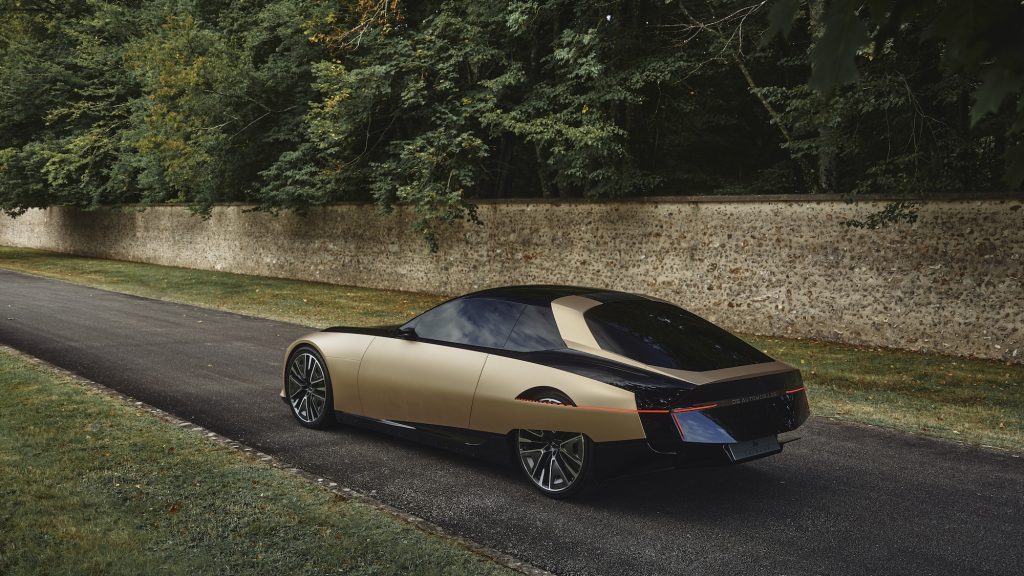
Call me a purist now, but there’s a reason why Battista “Pinin” Farina famously had his prototypes painted in a drab single-stage medium grey. Sure, all cars have colours that suit them best, but a design must “work” regardless of paint finish.
Still, if there’s one thing from the SM Tribute that I’d love to see on future production cars, it’s that gorgeous front light bar. In general, the front end is by far the most convincing part of the design, even if, again, it too relies on the car having a two-tone paint job for maximum effect.
The SM Tribute is neither a masterpiece nor a disgrace, but merely a half-baked attempt at nostalgia bait that’s got all the staying power of an ice cream cone in Death Valley.
Like it or not, the original Citroën SM was the ultimate expression of a company with a bold, original, and confident vision for the future of the automobile, executed by a company that was not afraid to pursue it. Now, that’s something I’d really like to see making a comeback.
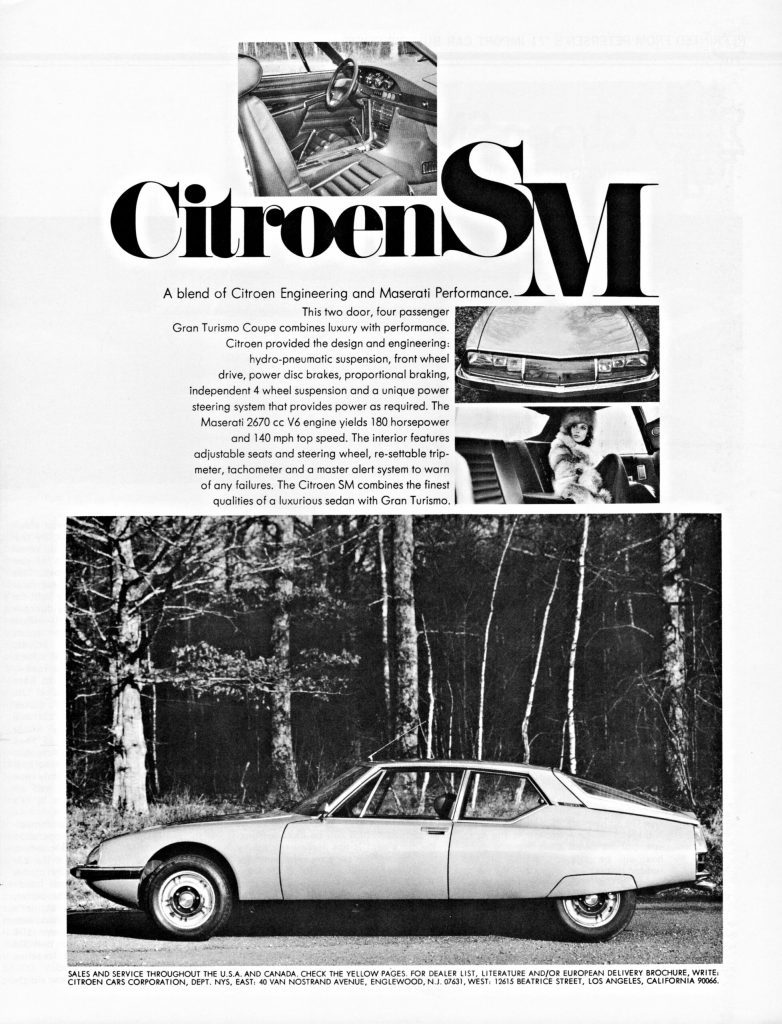
***
Matteo Licata received his degree in Transportation Design from Turin’s IED (Istituto Europeo di Design) in 2006. He worked as an automobile designer for about a decade, including a stint in the then-Fiat Group’s Turin design studio, during which his proposal for the interior of the 2010–20 Alfa Romeo Giulietta was selected for production. He next joined Changan’s European design studio in Turin and then EDAG in Barcelona, Spain. Licata currently teaches automobile design history to the Transportation Design bachelor students of IAAD (Istituto di Arte Applicata e Design) in Turin.
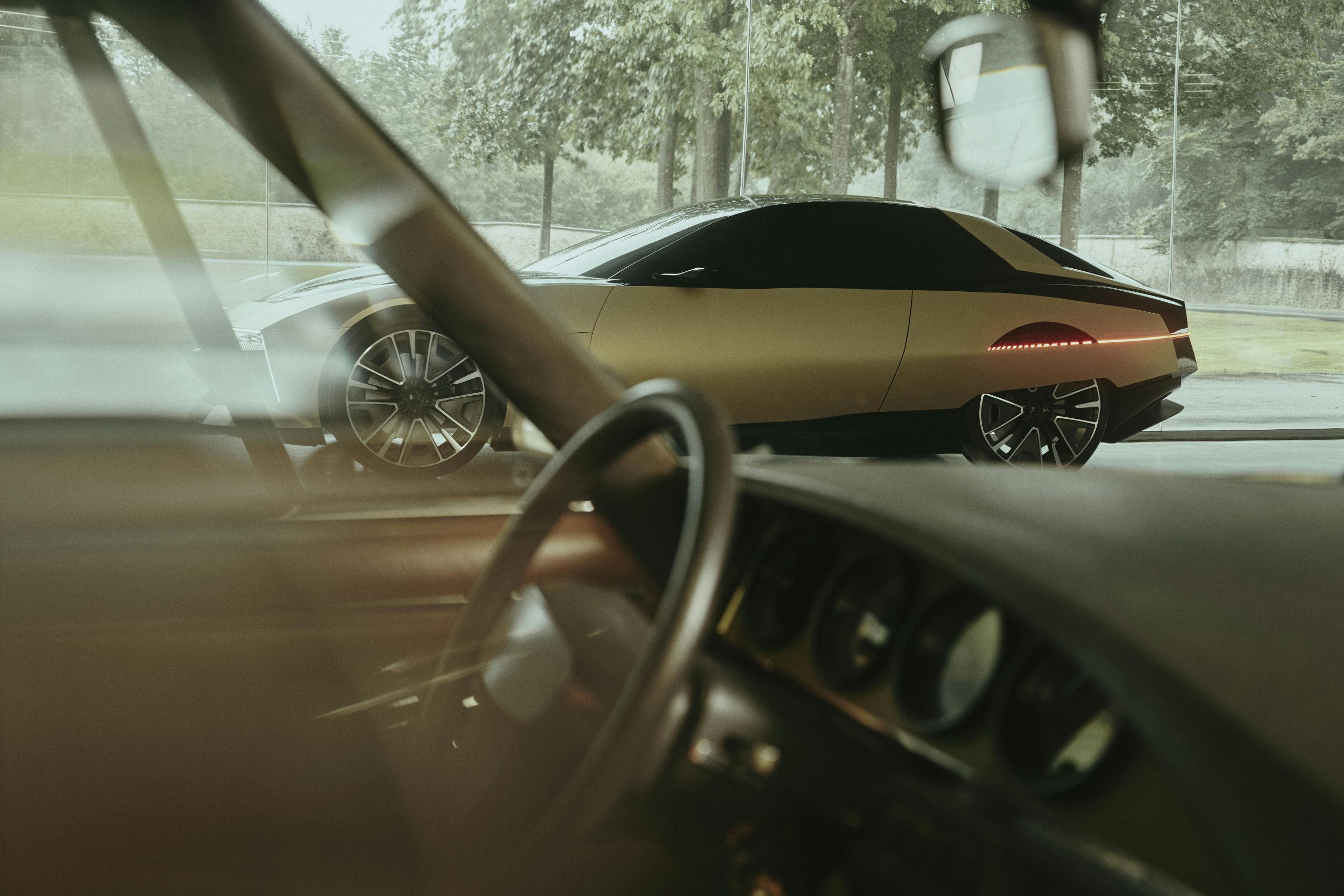
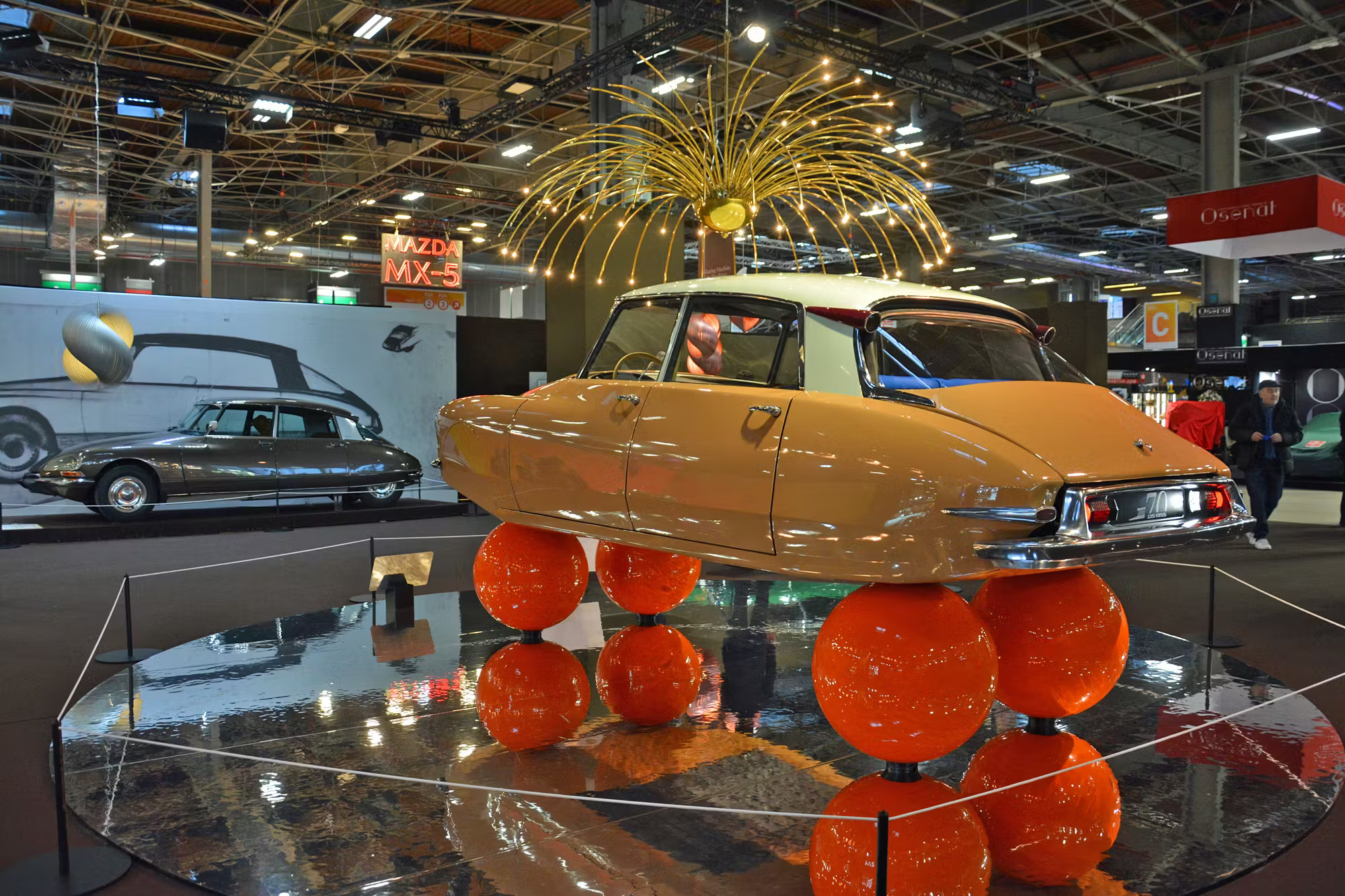
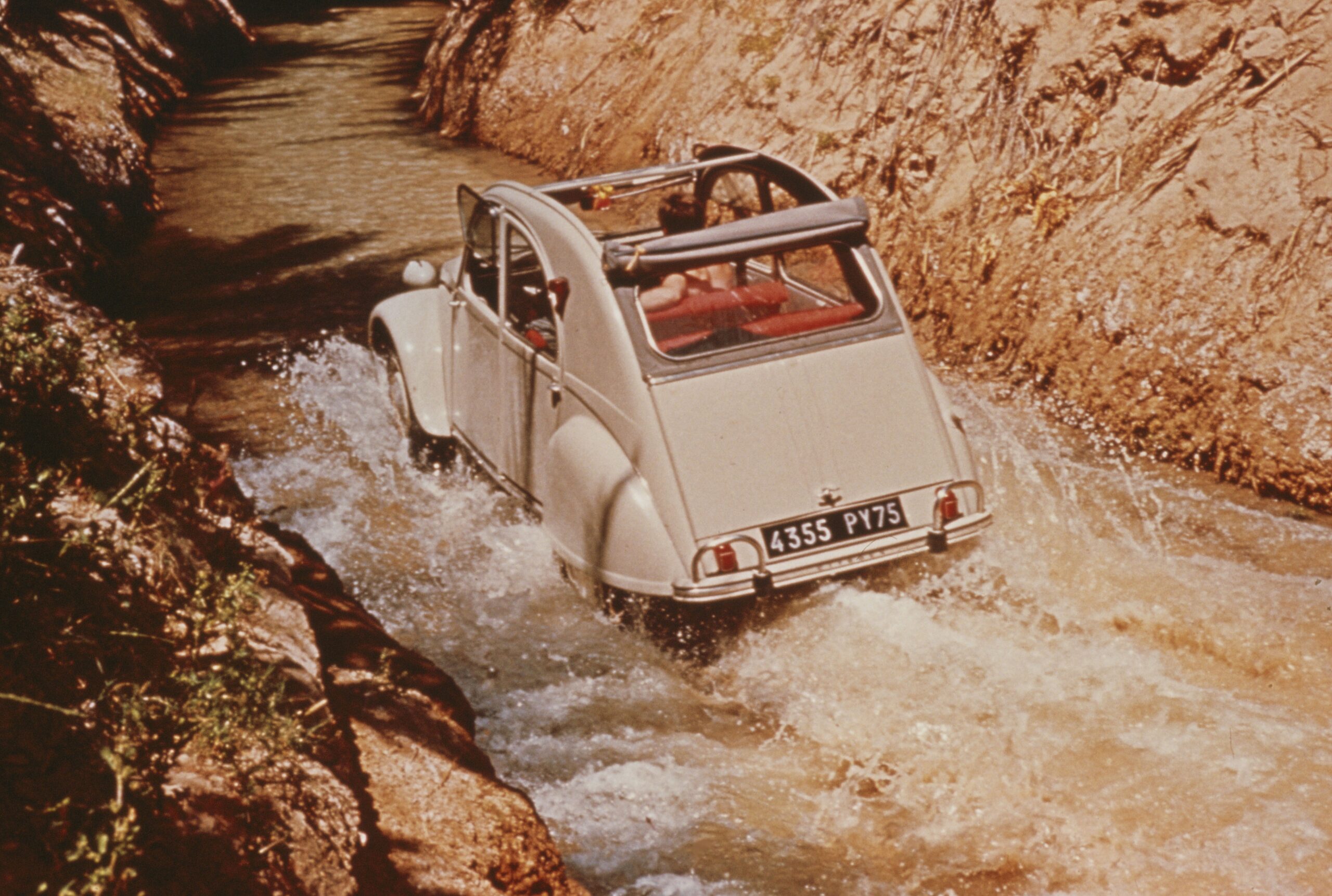







He’s wrong. It looks fabulous.